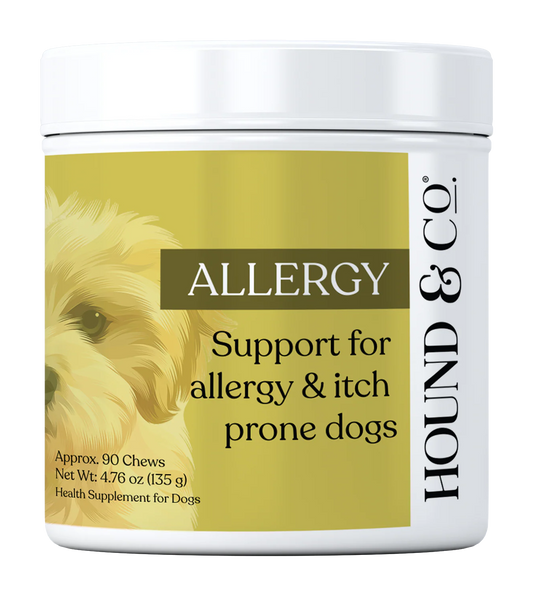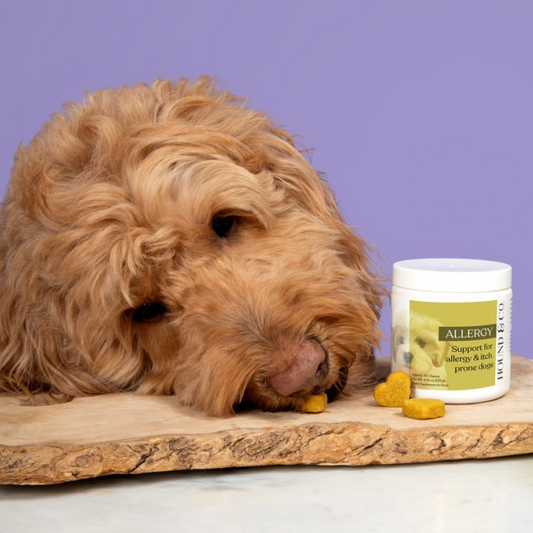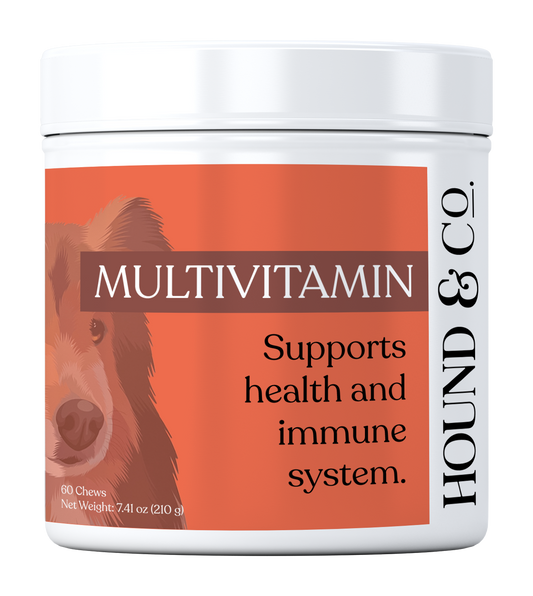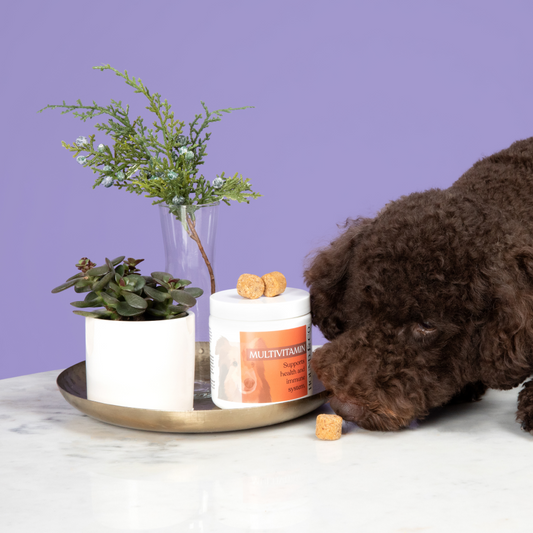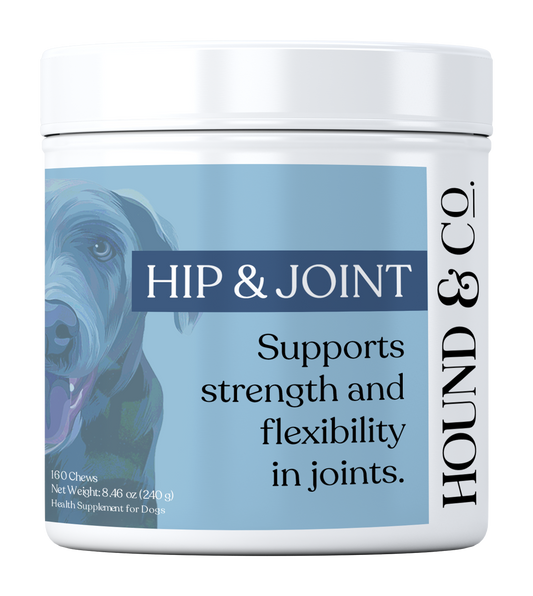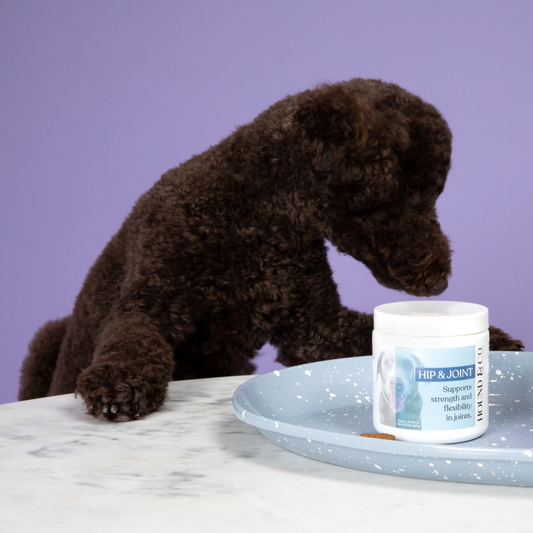Identifying and Treating Hot Spots on Dogs
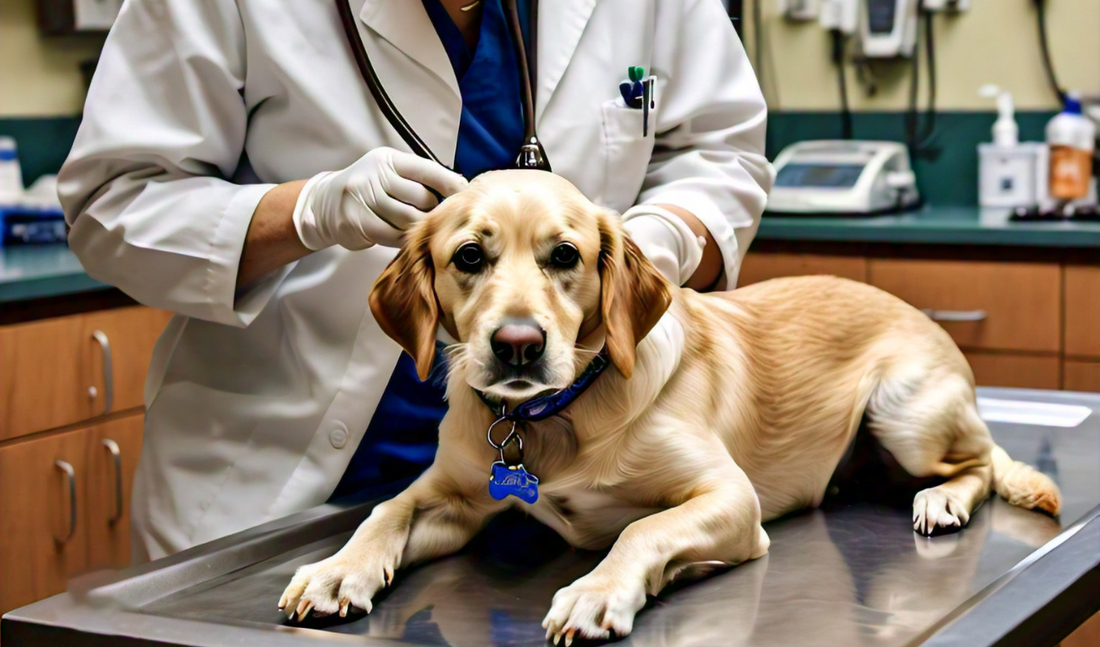
Vet Reviewed by Dr. Jacob Klos, DVM

Hot spots, also known as acute moist dermatitis, are a common skin condition in dogs that can cause significant discomfort. These red, inflamed areas can appear suddenly and often worsen rapidly. Understanding how to identify and treat hot spots is essential for keeping your dog comfortable and healthy. Here’s what you need to know about hot spots and how to manage them effectively.
What Are Hot Spots?
Hot spots are localized areas of skin inflammation and infection. They are often caused by excessive licking, biting, or scratching, which can be triggered by various underlying issues such as allergies, insect bites, or poor grooming. Hot spots can appear anywhere on a dog’s body but are most commonly found on the head, neck, and hips.
Identifying Hot Spots
Hot spots are typically characterized by the following signs:
- Red, inflamed skin
- Moist, oozing sores
- Hair loss around the affected area
- Foul odor
- Itching and discomfort
- Crusting or scabbing
If you notice any of these symptoms on your dog, it’s important to take action quickly to prevent the hot spot from worsening.
Treating Hot Spots
Treating hot spots involves several steps to ensure proper healing and prevent recurrence:
1. Clean the Area
Begin by trimming the hair around the hot spot to allow the area to breathe and to facilitate cleaning. Gently clean the affected area with a mild antiseptic solution or a vet-approved cleanser. Be careful not to scrub too hard, as this can irritate the skin further.
2. Dry the Hot Spot
After cleaning, pat the area dry with a clean cloth or paper towel. Keeping the area dry is crucial to prevent bacterial growth and promote healing.
3. Apply Topical Treatments
Apply a topical treatment recommended by your veterinarian, such as an antibiotic ointment, hydrocortisone cream, or an anti-inflammatory spray. These treatments can help reduce inflammation, soothe itching, and prevent infection.
4. Prevent Scratching and Licking
To prevent your dog from aggravating the hot spot, consider using an Elizabethan collar (e-collar) or a soft recovery collar. This will help prevent further irritation and allow the area to heal properly.
5. Address Underlying Causes
Identifying and addressing the underlying cause of the hot spot is essential to prevent recurrence. Common causes include allergies, flea infestations, and skin infections. Consult your veterinarian to develop a comprehensive treatment plan that addresses these underlying issues.
6. Maintain Regular Grooming
Regular grooming can help prevent hot spots by keeping your dog’s coat clean and free of mats and tangles. Pay attention to areas where hot spots are prone to develop and keep them well-groomed and dry.
Conclusion
Hot spots can cause significant discomfort for your dog, but with prompt identification and proper treatment, they can be managed effectively. Regular grooming, addressing underlying causes, and using appropriate treatments can help keep your dog’s skin healthy and free from hot spots. Always consult your veterinarian for advice and treatment options tailored to your dog’s specific needs.



